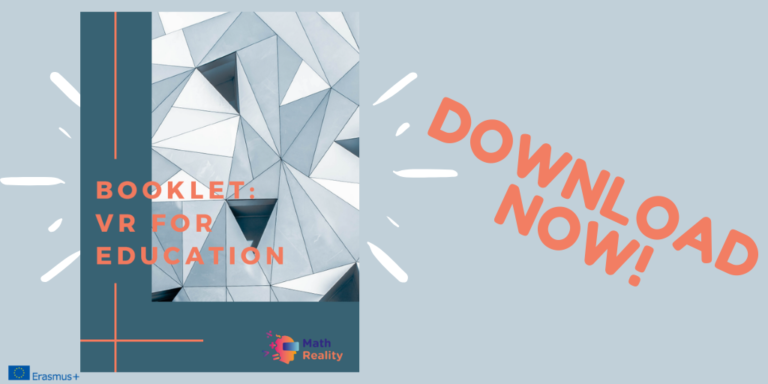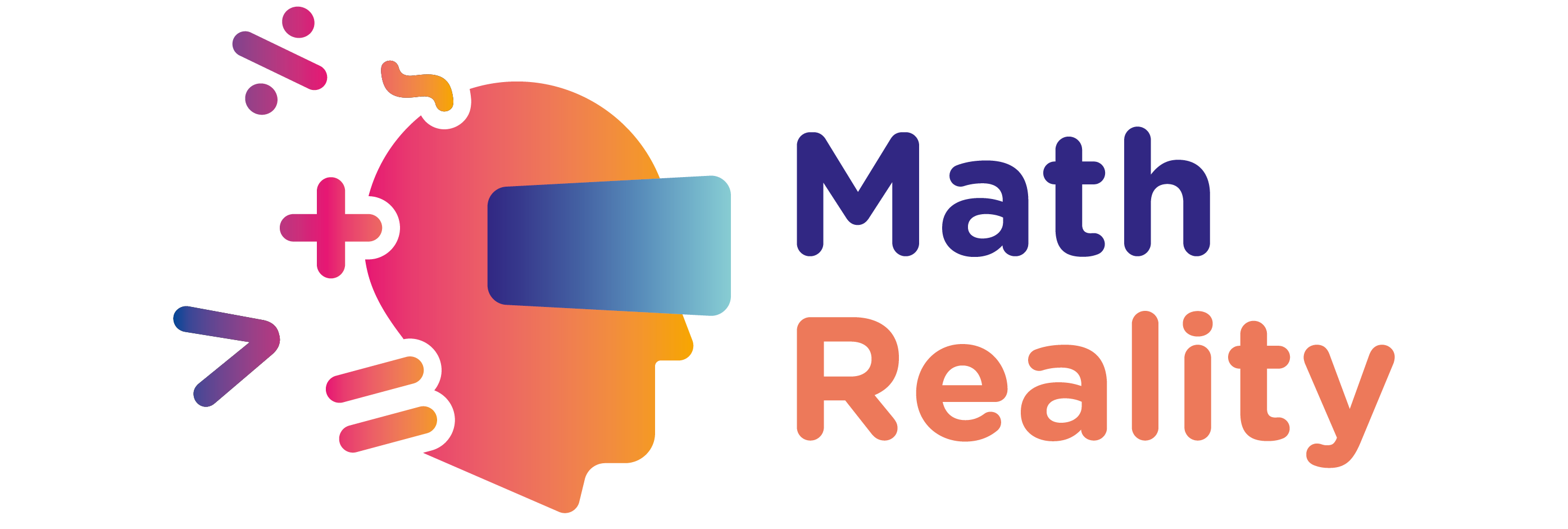Being someone else: VR as an “empathy machine”
Virtual Reality can surely change how we see the world around us: the experience of being deeply immersed in a totally different environment, deciding what to do and where to go, talking and feeling other people as though they are real, can stimulate empathy.
In fact, one of VR’s key strengths is the chance to be in someone else’s shoes: starting from this idea, some researchers have studied if VR experience could be more impactful than simple imagination.
Becoming homeless
One of the most interesting studies about this subject was led by Stanford’s Virtual Human Interaction Lab, and it is called “Becoming Homeless”. In this experiment there are many interactive VR scenarios, simulating what would happen if someone had lost their job, such as selecting which items should be sold in order to pay the rent, finding a shelter on a public bus and protecting their belongings from a thief.
This study found that people who underwent this experiment were more likely to be empathetic towards homeless than people who just read a narrative or interacted with a 2D version of the scenario on a PC. This would suggest that taking someone else’s point of view produces more empathy than reading or imagining what it would be like to be someone else.

The first step of “Becoming Homeless” – an eviction notice.
https://vhil.stanford.edu/becominghomeless/
What if I were a toddler…
Have you ever thought about why a toddler cries? Passig, Klein and Neuman tried to simulate a toddler’s experience during the very first days in daycare, developing a virtual world by toddler’s point of view, in order to test caregivers’ awareness of the cognitive experiences that the toddler lives. Results says that “being a toddler” for at least 10 minutes significantly improved caregivers’ awareness.
… a dyslexic pupil…
In 2005, Shavit led a study about the use of Virtual Reality in order to improve teachers’ awareness of the cognitive experiences dyslectic pupils encounters while trying to read. Some teachers were immersed in ten different worlds, each one simulating different grades of dyslexia, while another group of teachers watched a film on the same subject.
At the end of the experiment, the former group had great improvement in understanding dyslectic pupils’ cognitive experiences than the latter.
Read more: click
… or a refugee?
Charities and government agencies uses Virtual Reality for their campaigns: one of the most successful examples is VR film Clouds over Sidra, the story of a 12 year old girl who has lived in the Za’atari Refugee Camp in Jordan since the summer of 2013. It is the first film shot in VR for the United Nations, in order to generate empathy and to show everyone about the conditions of great vulnerability of people who live there.
Thanks to VR experience, everyone can feel on their skin how life in a refugee camp is: by thanks to this film, translated into 15 languages and screened by UNICEF face-to-face fundraisers in different countries, donations were doubled.
VR and empathy: conclusions
Much more research needs to be done before anyone can say for certain if VR is the best media at inspiring empathy: anyway, if we are open-hearted and open-minded while using VR, then we can recognize someone else’s feelings in a deeper way, compared to other media. The biggest (and most important) result, however, is how people will act after taking the VR googles off: early research suggests that VR produces long-lasting effects, such as motivating positive social behaviors (donating, volunteering, or cooperating with others). If confirmed, this would mean that VR could be really be the “empathy machine” someone speaks about.
CHECK MORE ABOUT VR FOR EDUCATION:


